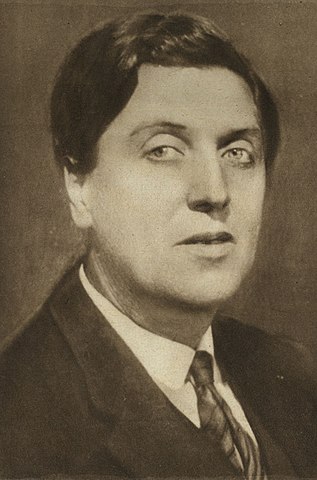Berg, Lyric Suite
 In my years as an undergraduate majoring in music composition, we spent considerable time analyzing music of what’s called the “Second Viennese School” or the “New Viennese School”—essentially Arnold Schoenberg and his students Anton Webern (1883-1945) and Alban Berg (1885-1935). (The “First Viennese School” included composers such as Haydn and Mozart.)
In my years as an undergraduate majoring in music composition, we spent considerable time analyzing music of what’s called the “Second Viennese School” or the “New Viennese School”—essentially Arnold Schoenberg and his students Anton Webern (1883-1945) and Alban Berg (1885-1935). (The “First Viennese School” included composers such as Haydn and Mozart.)
Webern and Berg took Schoenberg’s twelve-tone technique in different directions. Schoenberg’s serialism was based on a tone row in which all twelve pitches had equal weight; it was the sequence that mattered. Schoenberg typically constructed and used his tone rows in way that avoided the sounds of traditional tonality. Webern took the technique in a minimalist direction, constructing rows that had symmetrical fragments. So, for example, he could end up with a twelve-tone row that was made up of four variations of the same three-note motive. His music was more compact and sparse.
Berg, on the other hand, often constructed his rows to include tonal and harmonic implications. He retained many aspects of 19th-century Romanticism. And, for me, that made his music more interesting.
Now I confess that I don’t often turn to these composers for leisure listening. But there is always something rewarding in going back to music that I once knew well but haven’t heard for an extended time. Over the past couple of weeks, I have listened to the Lyric Suite quite a few times.
As the title indicates, it is quite lyrical and expressive. I always recommend listening to a new work more than once, but I think that’s particularly important with unfamiliar styles. Berg’s music, after a few hearings, may well cause you to become a fan of 20th-century music.



